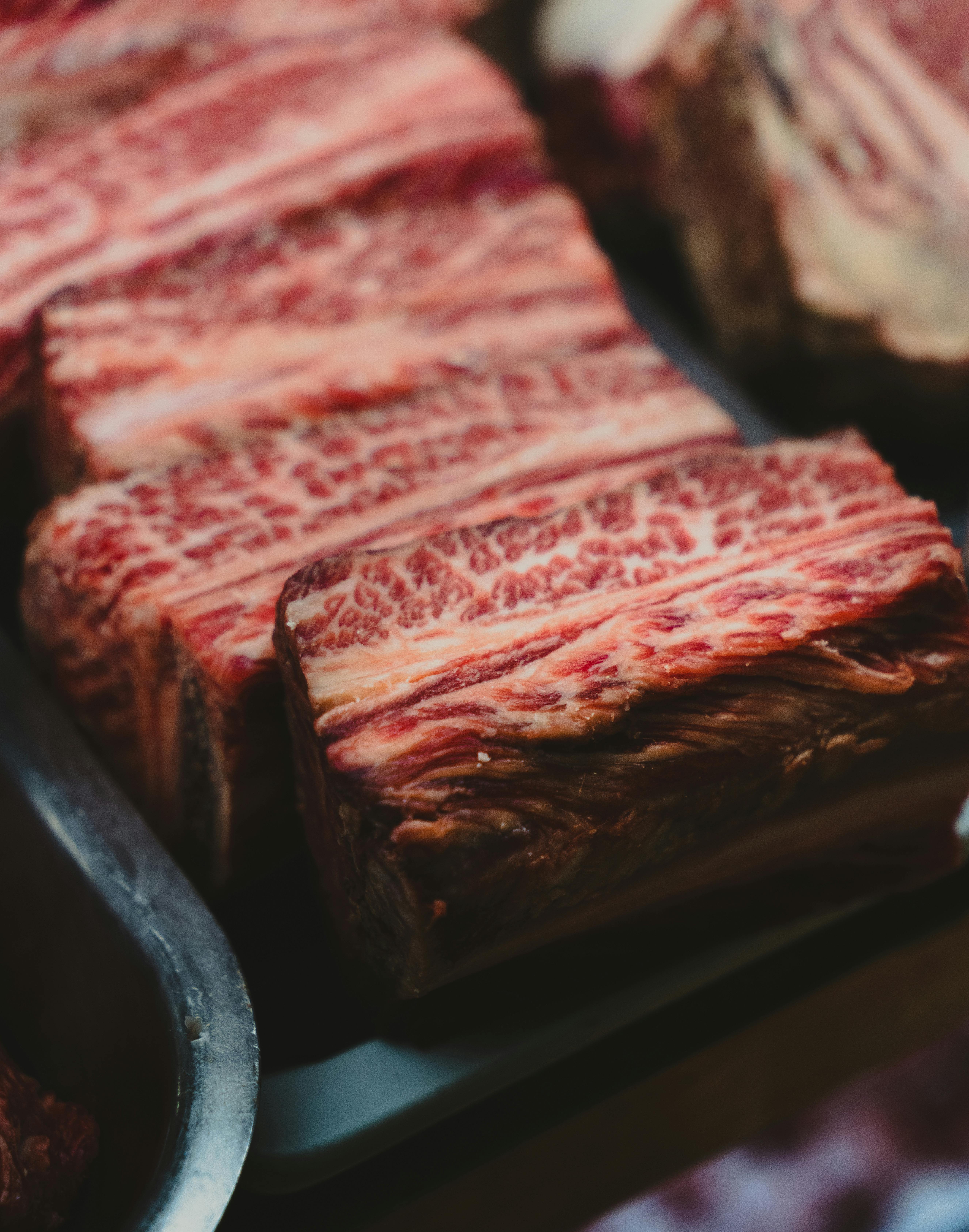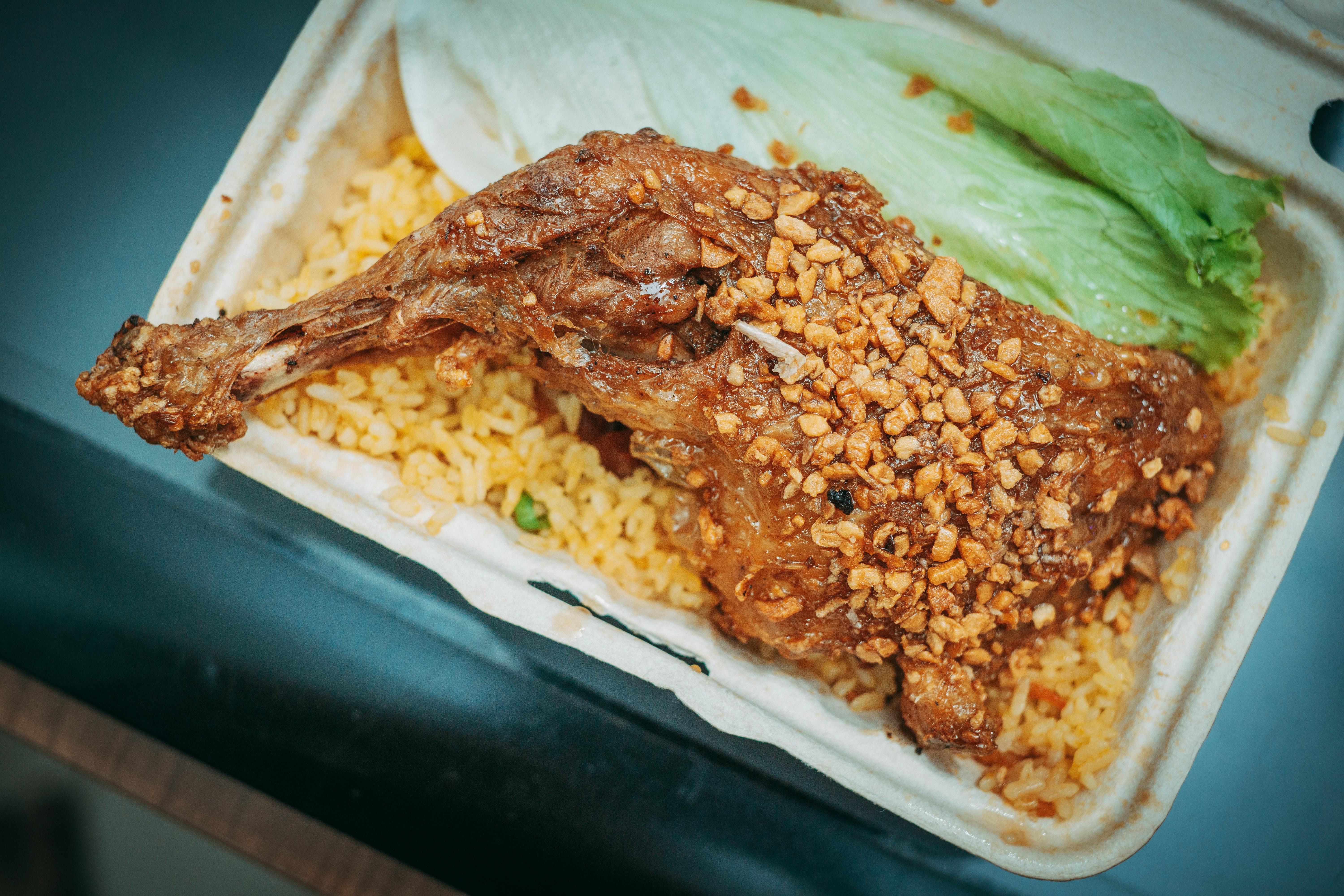
Apply Now


How to Properly Print from Canva: Essential Tips for 2025
Printing from Canva has become increasingly popular as more individuals and businesses recognize the platform's versatility and ease of use for creating custom designs. With its user-friendly interface and a plethora of design options, Canva offers invaluable resources for anyone looking to produce high-quality printed materials. Whether you’re crafting invitations, brochures, or marketing materials, understanding how to maximize Canva’s printing capabilities is crucial to achieving professional results. This article will delve into essential tips for effectively printing from Canva in 2025. We’ll explore Canva’s printing options, how to ensure print quality, and practical advice for creating print-ready files. By the end of this guide, you will be equipped with the skills to produce stunning prints using Canva, making your projects stand out. **Key Takeaways:** - Familiarize yourself with Canva's print options. - Learn how to download your designs in the appropriate formats. - Understand the importance of print quality and settings. - Discover effective ways to manage and order your prints.Understanding Canva Printing Options
When considering how to print designs from Canva, it’s essential first to understand the various printing options available. Canva provides users with a comprehensive suite of choices tailored to your specific printing needs. You can create anything from marketing material to personal items like posters and flyers.Exploring File Formats for Print
One of the first steps in preparing your designs for print is to select the correct file format. Canva offers various download options, including PDF, JPEG, and PNG, but for professional printing, the PDF format is highly recommended. This format retains the quality and detail necessary for high-resolution prints, making it ideal for brochures and flyers. When choosing your file format, always consider what will best suit your printing service’s requirements.Customizing Print Settings in Canva
Canva offers customizable print settings to help you achieve the desired print quality. Before placing your order, navigate to the download settings to adjust options like dimensions and bleed settings. Adding bleed ensures that your design goes all the way to the edge of the paper after trimming. This is particularly important for colorful designs that require precision during the printing process.Quality Assurance for Your Prints
Ensuring the quality of your prints can make a significant difference in the final output. Pay attention to image resolution — ideally, images should be at least 300 DPI for crisp, clear prints. Canva includes a feature that alerts you if your design elements might not be suitable for high-quality printing, which should not be overlooked.How to Create Print-Ready Files in Canva
Creating print-ready files in Canva involves several steps to guarantee that your designs translate well from screen to paper. By following a few straightforward practices, you can enhance the print quality of your projects and streamline the printing process.Using Canva's Print Templates
Canva provides a variety of print templates that are specifically designed for different applications, such as business cards, brochures, and posters. Using these templates can save time, ensuring that your designs are not only aesthetically pleasing but also properly formatted for print. These templates also offer guidance on dimensions, making them an efficient resource when designing for print settings.Choosing the Right Paper Type
Selecting the appropriate paper type can dramatically affect your print's final appearance. Canva offers a variety of paper options which vary in weight, finish, and texture. For instance, if you are printing a flyer, a glossy finish might enhance color vibrancy, while a matte finish may be better for a professional brochure. Understanding these choices will help you enhance your print's visual impact.Managing Color Settings
Color settings are another critical aspect of printing with Canva. Ensure you are aware of how colors appear differently in print compared to on screens due to variations in RGB and CMYK color models. To achieve the best color representation, opt for CMYK when preparing your files for printing, as this format is standard in the printing industry.Getting Started with Canva Print Services
Once you’ve created your designs in Canva, the next logical step is utilizing Canva’s built-in print services. These services simplify the process of ordering professional prints, all from within the platform.Ordering Business Cards with Canva
For small businesses and professionals looking to create business cards, Canva's print services are incredibly useful. Once your design is complete, navigate to the print option and select business cards. Canva allows you to choose specifications such as card material, and the finish, making it straightforward to order prints that align with your branding.Instant Printing Services via Canva
Canva has ventured into instant printing services, allowing users to receive physical copies of their designs quickly. This is ideal for last-minute projects where time is crucial. By utilizing Canva's printing setup, you can rest assured that your designs will be printed locally, minimizing delays.Accessing Canva Print Packs
Canva also offers print packs, a cost-effective option for users looking to print multiple copies of the same design. This is particularly beneficial for marketing materials or event promotions, as it not only saves costs but also allows for consistent quality across multiple prints.Maximizing Print Quality with Canva Tips
Achieving high-quality prints with Canva requires attention to detail and adherence to best practices. Here are some tips to ensure your prints are visually appealing and professionally executed.Best Practices for Design Layouts
When designing in Canva, keeping layout principles in mind is critical. Make use of grid lines and guides to ensure that your text and graphics are well-aligned and aesthetically balanced. This will improve both readability and overall visual appeal, making your printed materials more effective.Optimizing Images for Print
If you incorporate images into your designs, ensure that they are optimized for printing. Choose high-resolution images and avoid overly compressed files, as these can lead to pixelation. You can also use Canva’s tools to adjust images for volume and clarity before finalizing your design.Understanding Trim and Bleed
Understanding trim and bleed is essential for producing polished printed items. The trim is the final size of your printed design, while the bleed area extends beyond this limit to ensure that there are no white edges after cutting. Always ensure your important design elements are safely within the trim area.Common Questions About Printing from Canva
What File Format Should I Use for Printing?
For the best print quality, it is recommended to download your Canva design as a PDF. This format preserves the high resolution and detail necessary for professional printing.How Can I Customize My Print Designs?
Canva allows users to edit their designs with ease. Using templates as a starting point, you can customize colors, fonts, and layouts to align with your branding or personal style.What Are the Best Practices for High-Quality Prints?
To achieve high-quality prints, ensure your images are at least 300 DPI, use CMYK color settings, and keep critical details within the trim area.How Do I Order Prints Directly from Canva?
After finalizing your design, simply select the print option within Canva. From there, you can choose your print specifications and place your order directly through Canva's print services.Can I Print on Different Media Types with Canva?
Yes, Canva’s print services offer a variety of media types, such as flyer paper, card stock, and glossy or matte finishes, allowing you to choose the best option for your project.
